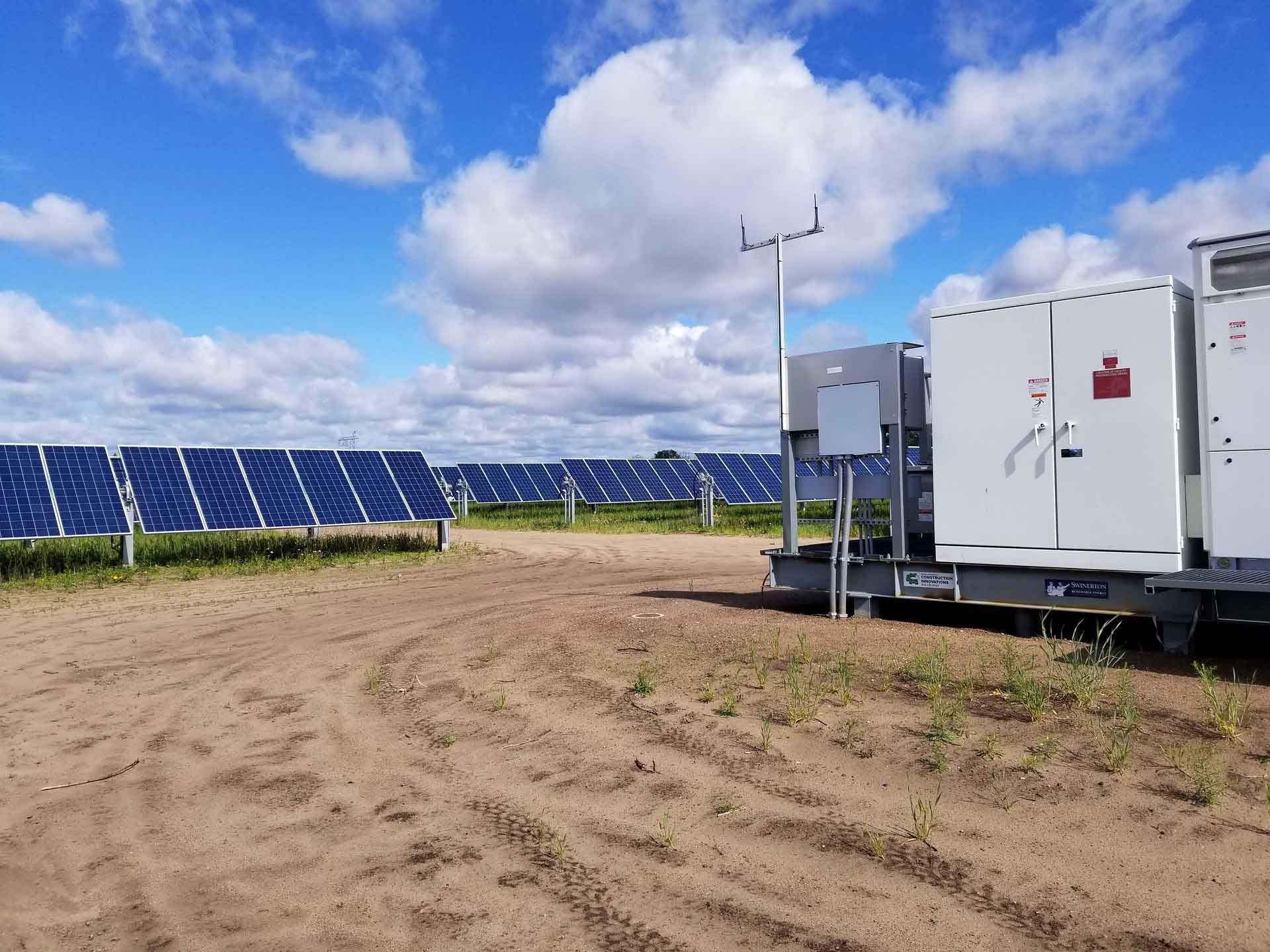Inverter stations are crucial components in the realm of solar energy, serving as the bridge between the power generated by solar panels and the energy we use in our homes, businesses, and the electrical grid. Their primary function is to convert the direct current (DC) electricity generated by solar panels into alternating current (AC) electricity, which is compatible with the grid and the electrical appliances we use daily. Understanding how inverter stations work and their role in solar energy systems is key to unlocking the full potential of solar power. Here’s a detailed explanation:

The Basics of Solar Power Conversion
- Direct Current (DC) to Alternating Current (AC): Solar panels generate electricity in the form of DC. However, most electrical grids and household appliances operate on AC. Inverter stations convert the DC power into AC power, making it usable for a wide range of applications.
Maximizing Energy Harvest
- Maximum Power Point Tracking (MPPT): Inverter stations often incorporate MPPT technology to optimize the conversion process. MPPT adjusts the electrical loading of the solar panels to ensure they operate at their most efficient point, maximizing the energy harvested from the sunlight.
Integration with the Grid
- Synchronization: For solar energy to be fed into the public grid or used in grid-tied systems, the AC output from the inverter must match the grid’s frequency, voltage, and phase. Advanced inverters can precisely synchronize the converted power with the grid, ensuring seamless integration.
- Grid Support Services: Beyond conversion, modern inverters can provide grid support services such as voltage regulation, frequency control, and reactive power management. These capabilities are essential for maintaining grid stability and reliability, especially as the penetration of solar power and other renewables increases.
Enhancing System Efficiency and Reliability
- Efficiency: The efficiency of an inverter defines how effectively it can convert DC to AC without significant power losses. Advances in semiconductor technology and inverter design have led to efficiencies exceeding 98% in some models.
- Reliability: High-quality inverters are designed to operate reliably under various environmental conditions, with lifespans that can exceed 20 years. Features such as robust thermal management, fault detection, and protection mechanisms contribute to the long-term reliability of inverter stations.
Safety Features
- Anti-Islanding Protection: Inverter stations include safety features like anti-islanding protection, which automatically disconnects the solar system from the grid in the event of a power outage. This prevents the system from feeding power into a downed grid, protecting maintenance workers and ensuring compliance with safety regulations.
Monitoring and Management
- Remote Monitoring: Many inverters offer remote monitoring capabilities, allowing system owners and operators to track performance data, detect issues, and perform remote troubleshooting. This enhances system management and can significantly improve operational efficiency.
Future Directions
- Smart and Hybrid Inverters: The next generation of inverters includes smart and hybrid models that offer enhanced grid services, better integration with battery storage systems, and the ability to participate in advanced energy management and demand response programs.
- Sustainability: As the solar industry continues to grow, there is an increasing focus on making inverter stations more sustainable, through the use of recyclable materials, energy-efficient designs, and manufacturing processes that minimize environmental impact.
Inverter stations are the key to unlocking solar energy’s potential, transforming the power of the sun into a clean, efficient, and reliable energy source that can be integrated into our current energy infrastructure. As technology advances, inverter stations will continue to play a pivotal role in the global transition to renewable energy, enhancing the performance, integration, and adoption of solar power systems worldwide.
